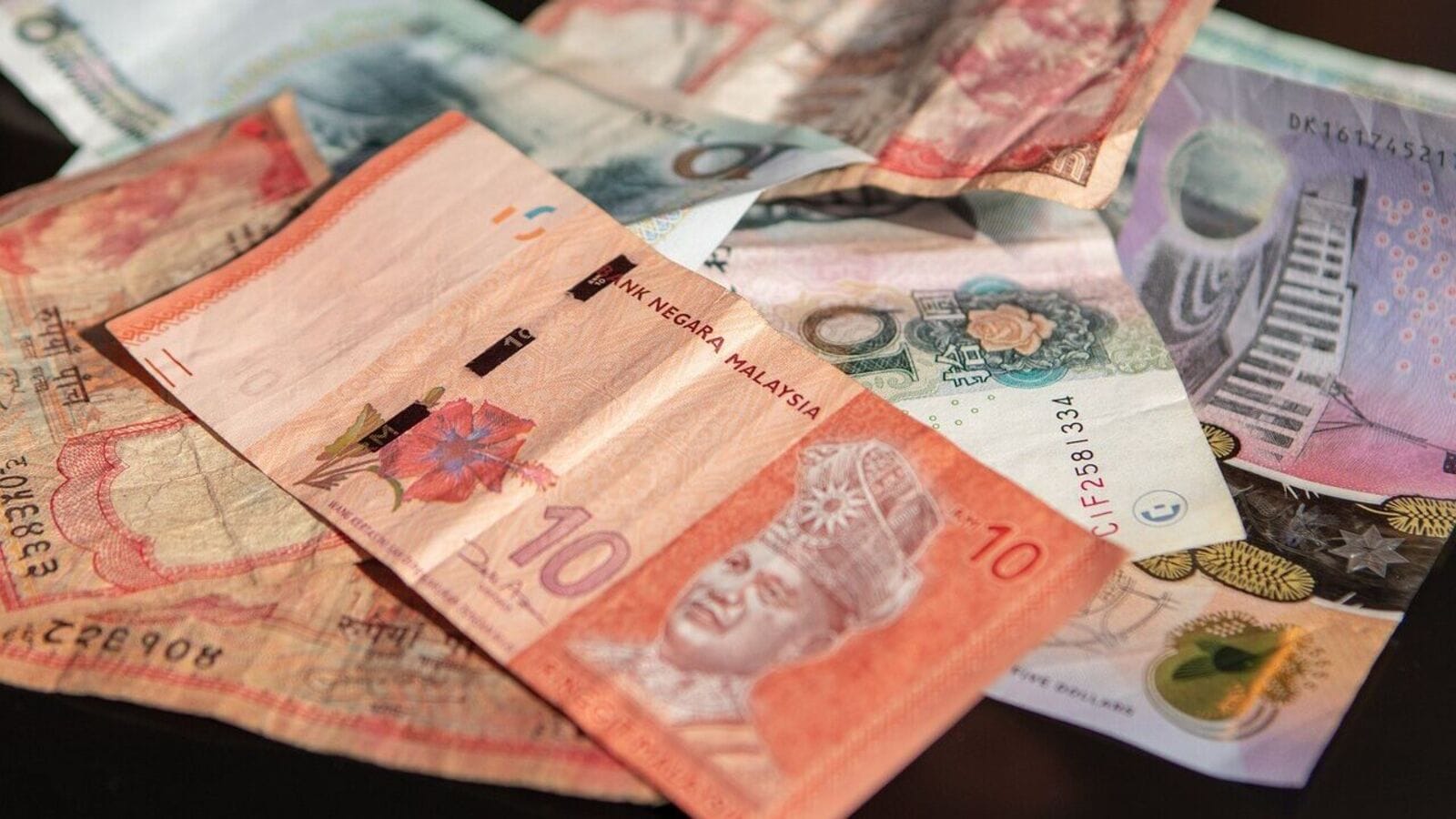China’s yuan has experienced a significant decline, closing at its lowest point in over 17 years on Wednesday. This drop follows a record low for its offshore counterpart, heavily influenced by the intensifying trade war between the United States and China. The onshore yuan finished trading at 7.3498 per dollar, marking its weakest close since December 2007. This depreciation is closely tied to the rising trade tensions between the two largest economies globally.
Impact of U.S.-China Trade Tensions
The recent actions taken by U.S. President Donald Trump, including implementing reciprocal tariffs with steep duties of up to 104% on certain Chinese imports, have exacerbated the situation. These tariffs are expected to significantly reduce Chinese exports to the U.S., potentially halving shipments in the coming years. According to Capital Economics, this could lead to a 1.0-1.5% reduction in China’s GDP, depending on how exports are rerouted through other countries.
- Key statistics:
- Onshore yuan closing: 7.3498 per dollar
- Record low offshore yuan: 7.4288 per dollar
- Estimated GDP impact: 1.0-1.5% decline
Measures to Stabilize the Yuan
In response to these pressures, top Chinese officials are expected to meet soon to discuss strategies aimed at stabilizing the economy and calming capital markets. Reports indicate that the People’s Bank of China is determined to avoid a drastic depreciation of the yuan. It has reportedly instructed major state-owned banks to reduce their purchases of U.S. dollars, aiming to curb the currency’s decline.
Despite the ongoing tariff challenges, the offshore yuan showed signs of recovery, gaining approximately 0.7% to 7.3769 per dollar during Asian trading. The People’s Bank of China also set the yuan’s midpoint rate at 7.2066 per dollar, its weakest level since September 11, 2023. This midpoint allows the currency to weaken slightly without breaching significant thresholds.
The Broader Economic Outlook
Both the onshore and offshore yuan have fallen by over 1% this month, reflecting growing concerns regarding the impacts of the tariffs. Former President Trump has accused China of deliberately devaluing its currency to mitigate the effects of these tariffs. While a weaker yuan could enhance the competitiveness of Chinese exports, a sharp decline could lead to capital outflows and threaten financial stability.
- Key insights:
- The yuan’s midpoint rate: 7.2066 per dollar
- Recent depreciation: Over 1% this month
As the trade conflict continues to unfold, experts will be closely monitoring the yuan’s performance and the potential economic repercussions for both nations. The situation remains fluid, with future policy decisions poised to influence market dynamics significantly.











